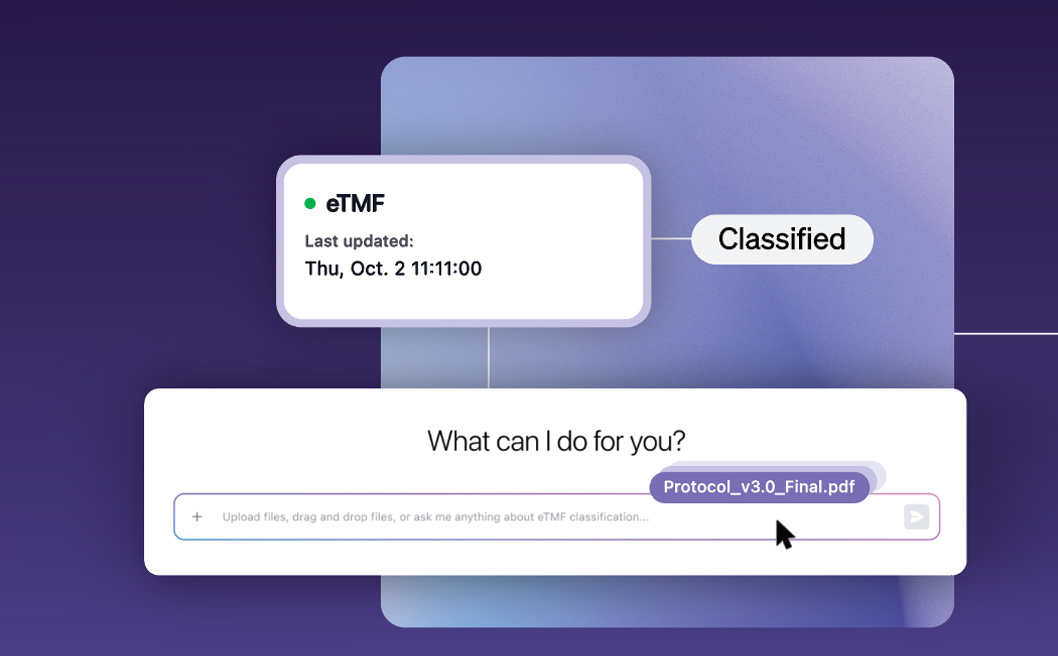Melissa Opraseuth is the SVP Operations at Cloudmed. A pharmacist by education, her widely diverse background includes direct-to-patient care, teaching, and specialization in the intersection between technology and human health care. Her conversation with Medable is summarized below.
The large-scale vaccine trials for COVID-19 brought a lot of attention to the lack of diversity in clinical trials. Do you think this is positive or negative for the industry?
MO: I think it's been a little bit painful to recognize the reality of the situation, but we've heard from a lot of sponsors who have acknowledged that there’s a lot of room for improvement. There is a strong sense of humility, a willingness to be a part of the solution, and I think the end result will be positive.
As COVID-19 continued to unfold, we’ve seen how the unvaccinated populations include some of the most vulnerable demographics. Is lack of awareness still an issue here, or is there something else going on?
MO: We've managed at this point to uncover the problem, but we've only just scratched the surface in terms of understanding all the complexities and identifying solutions. It’s tempting for people to point to one cause for lack of vaccination or participation in clinical research, but the truth is always more complicated than that.
When it comes to achieving a diverse participant population, how important do you think protocol design is versus other strategies, like focusing on community relationships, investment in campaigns for awareness and education, and technology?
MO: I think protocol design is critically important. I’m happy that people are addressing diversity, equity, and inclusion (DE&I) in clinical research with protocol design that looks further upstream. There’s a longstanding issue with protocol design where items in the inclusion criteria—for example that patients must speak English, or have a specific government issued ID—are copied and pasted from documents that haven’t been revised for years, and which ultimately leave patients out.
Talking about the protocol is necessary, if not entirely sufficient to solve the problem. But it's much further upstream than, for example, trying to work on community awareness when your protocol is inherently flawed. It's critically important to have the protocol addressed upfront before attempting to recruit patients for a protocol that's not inclusive of the patient population.
Do you have any examples of how that should be done?
MO: What works well is to create a draft protocol and ask for feedback from advocacy groups or patients. Sponsors are getting much more active in getting patient feedback and having advisory boards that help them understand some of the blind spots in protocol design. If you're looking at site selection, for example, and you're focused in areas where there's not a whole lot of diversity, that's certainly going to impact the diversity of your patient population.
In terms of the diversity of site staff, how critical is it for potential participants to be able to see doctors and clinicians who look like them when deciding whether to participate in these trials?
MO: It's a question we get all the time from our health centers. Although health centers are not interested in participating in research themselves, they want to make sure their patients have access to research. What we do is help identify patients seen in health centers who might be candidates for research.
Health centers have a unique role in communities, in that they’re trusted in those communities. They do a lot of outreach beyond just providing medical care, and so, naturally, they're very protective of their patients. When we bring the idea of clinical research to them, they need assurance that their patients will receive the same treatment as other patients.
They know what works for their patients, and a lot of it has to do with understanding the cultural implications of what matters to their patient population. And that's critically important for us if we’re going to be successful in getting patients to trust us enough to get involved in clinical research.
What role do you think companies like Medable and technologies like Decentralized Clinical Trials (DCTs) can play to help bridge that gap?
MO: What we hear from health centers is that DCTs reduce the burden on patients to participate in clinical research, so you get more inclusiveness and more involvement. When patients don't need to schedule around work, and aren’t concerned about transportation, that reduces barriers and increases patient access.
What should Medable’s main responsibilities be? Is it about facilitating communication, or is it more patient focused?
MO: There is a macro shift happening towards Patient Centered Outcomes: endpoints are getting added in clinical research related to patient reported outcomes, and the insurance industry is researching how to tie reimbursement more to patient outcomes. So, the more technology can align with the patient, the better.
Medable has a connection to patients that sponsors often don’t have, so they’re uniquely suited to better understand what matters to them. The ability to communicate that feedback to sponsors is invaluable. With that information, sponsors can improve recruitment and retention, which is critically important for timelines and patents. So, I think that the patient-centric focus of Medable makes sense from both a patient engagement and business standpoint.
Do you think there's one technology component that is more important than the others?
MO: I’d say that eConsent feels like something we should all being doing remotely at this point. We should be able to easily meet patients where they are to inform them about participation in clinical research.
What other partnerships between healthcare, life science companies, or any other institutions might be best set up to address the diversity issue?
MO: As I said earlier, while I do think technology can be a huge help in terms of diversity, it can’t solve everything, and that’s where these partnerships come in. Because it's going to take human interaction and understanding what matters to diverse populations, including racial and ethnic diversity, as well as socioeconomic diversity, gender diversity, and every other kind of diversity. I think having partnerships with organizations like health centers, who treat over 30 million patients a year and really understand the populations that we're trying to access, makes a ton of sense. They're uniquely suited to help from patient advocacy all the way through operationalizing patient access.
Want to see how Medable’s flexible, modular, and extensive decentralized clinical trial platform (DCT) could improve diversity in your clinical trial? Get in touch.










